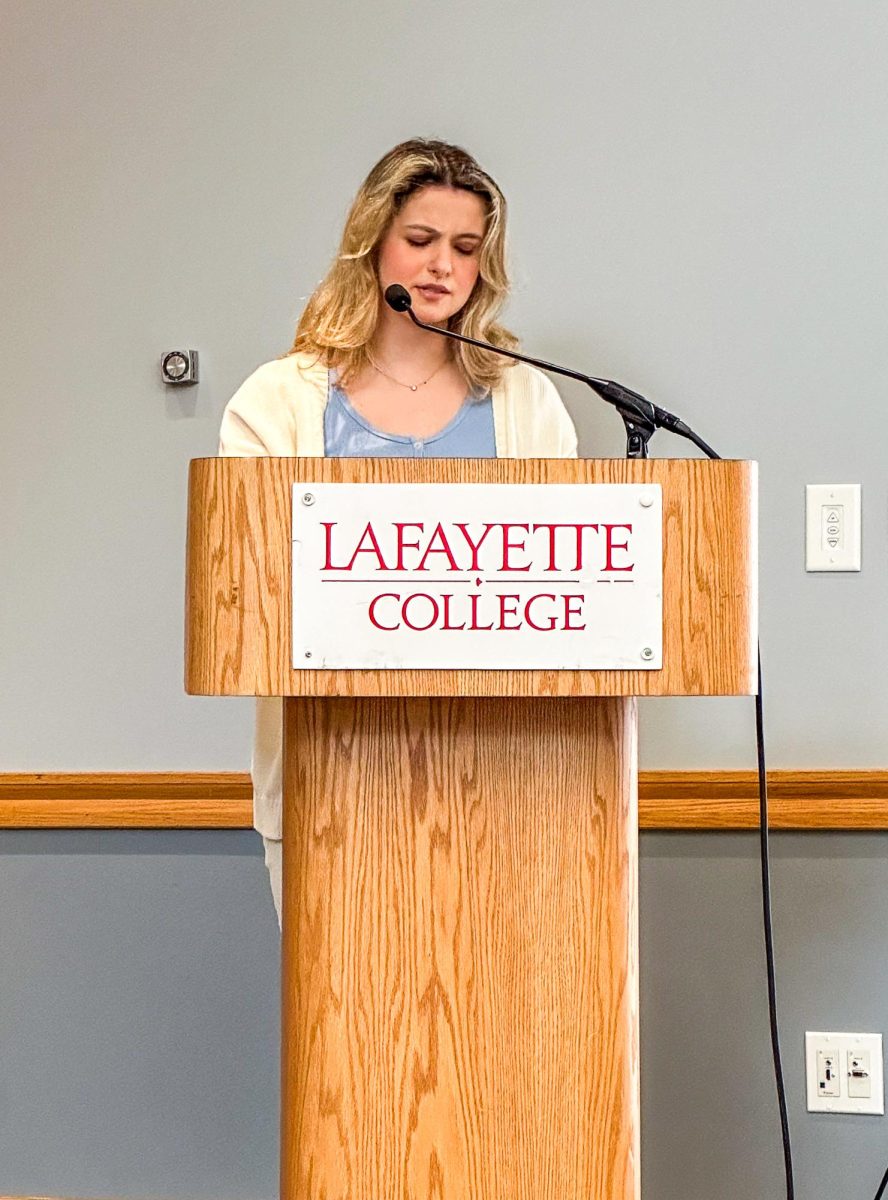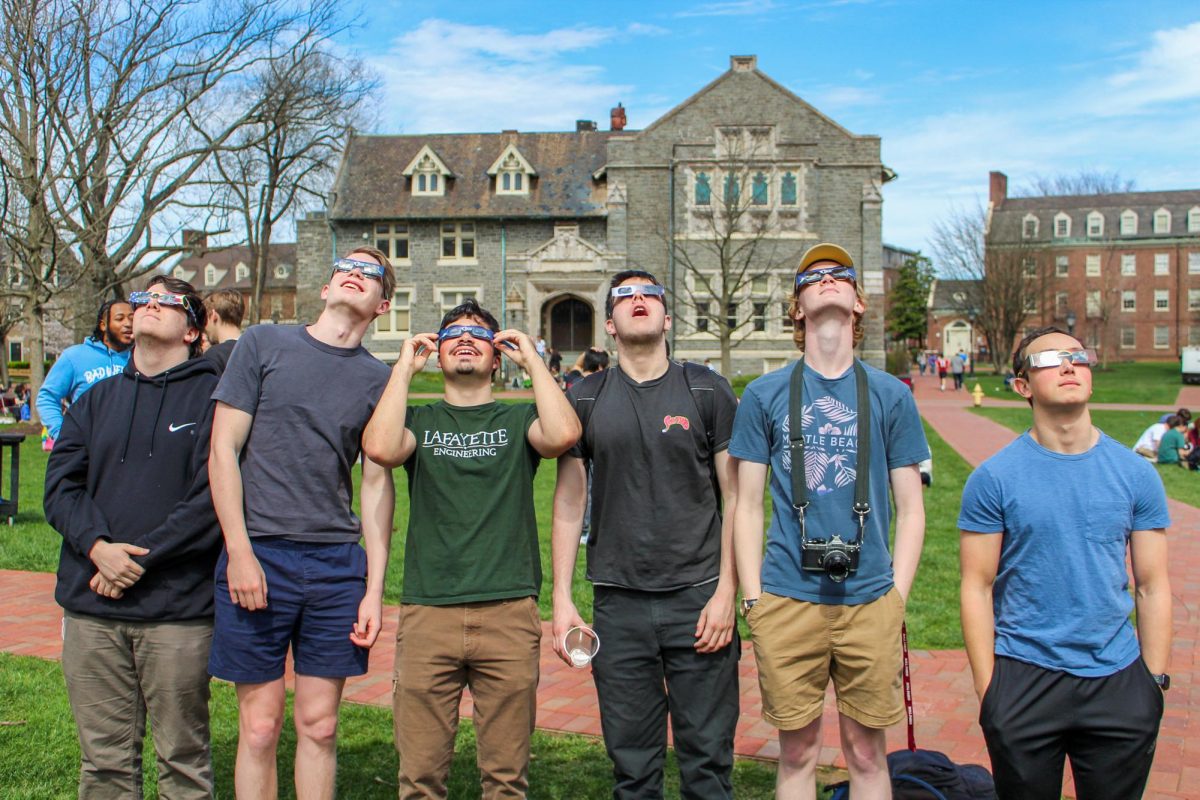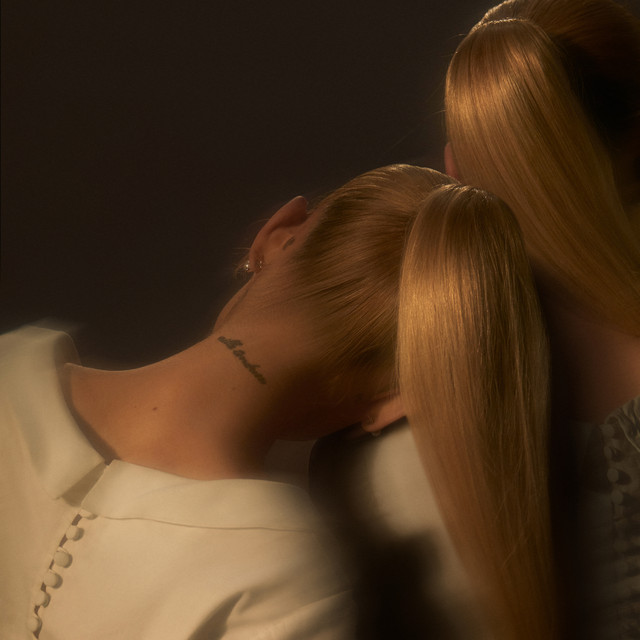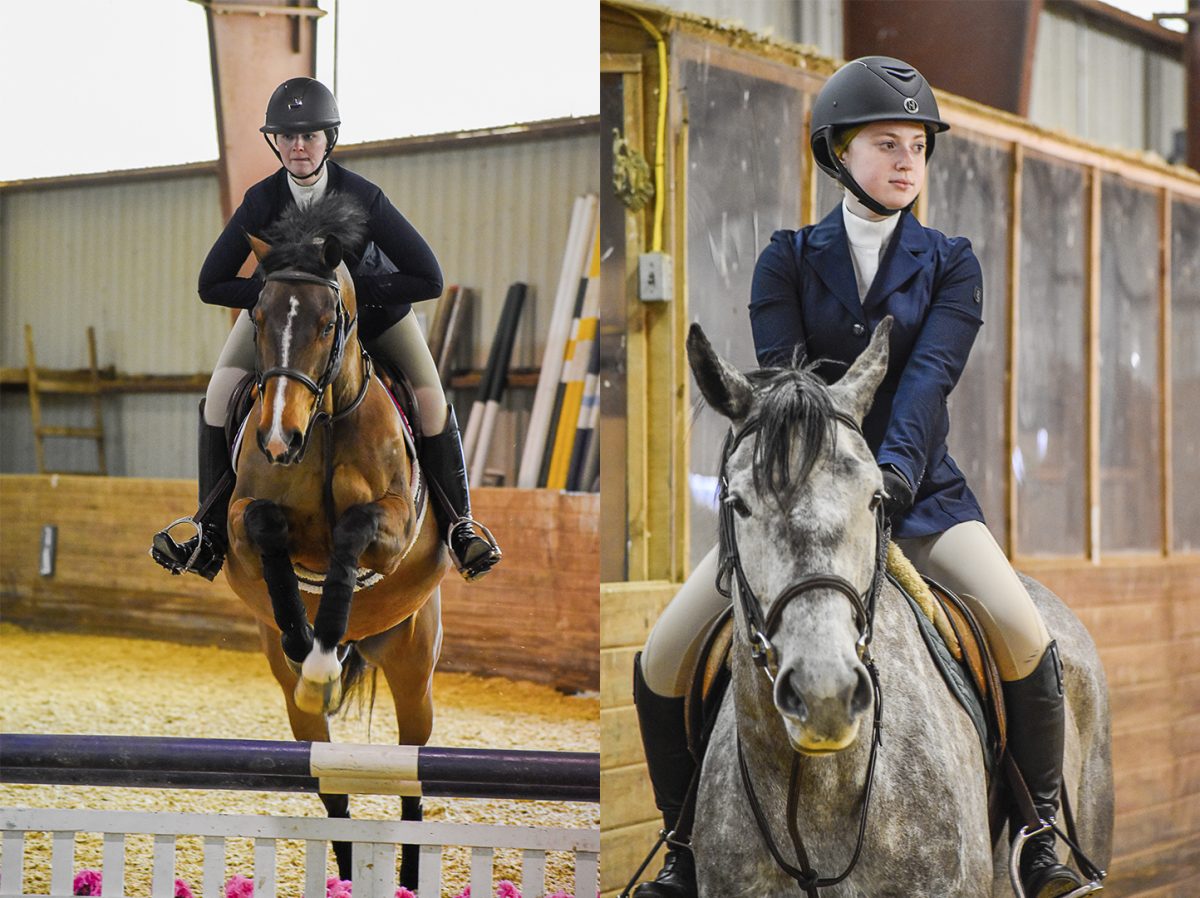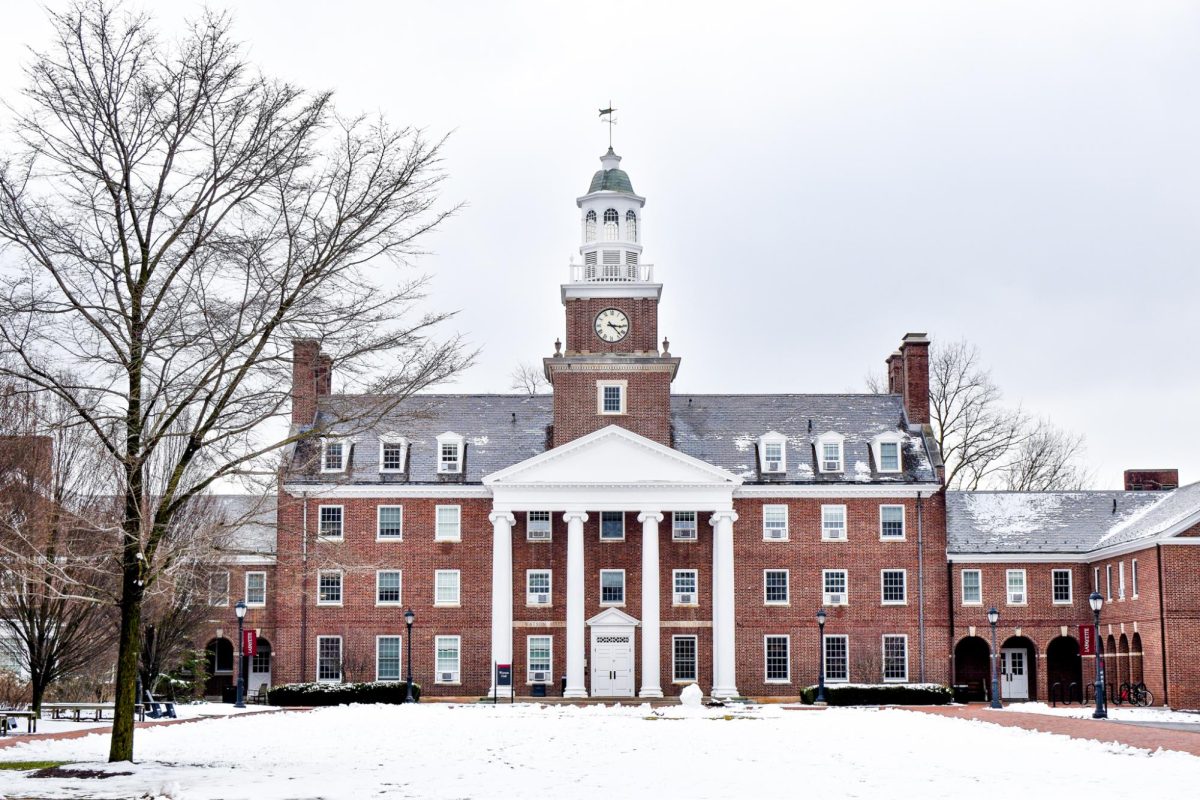Photo courtesy of Allison Quensen Blatt

It is rare to watch a performer who is as enthralled by their music as much as the audience is, but this is precisely what happened last Monday evening when the Chiara String Quartet performed in the William Center for the Arts.
When the performers first entered the stage there was a notable absence of music stands. Armed only with their instruments, Chiara performed three pieces without the aid of sheet music.
“We didn’t feel that it [reading the music] was unique enough, that it didn’t make a personal statement, ” violist Johan Sirota said.
The quartet features violinist Rebecca Fischer, violinist Hyeyung Julie Yoon, Sirota, and cellist Gregory Beaver, Sirota said.
The Chiaras utilize “energy from the audience,” Sirota said.
The four musicians were perfectly in sync from their music to their color-coordinated outfits. Their renditions of traditional pieces were uncommonly impassioned and at times each performer was rhythmically swaying in their seat with closed eyes. The absence of music stands created an open visual onstage. Having an unhindered view of the musicians provided the audience with a unique opportunity to observe facial expressions and movements. These effects highlighted each musician’s emotional connection to the pieces.
The evening began with a rendition of two pieces written by Johannes Brahms. While Brahms’ Quartet pieces are often criticized as being too ambitious for a small group of musicians the Chiara performers remained undaunted by the challenge. “It’s all good” Beaver said.
The first piece Quartet No. 3 in B-flat Major, Op. 67 had a joyous tone. The second piece Quartet No. 2 in A Minor, Op. 51, No. 2 displayed conflicting emotions throughout each movement, ranging from serenity to aggression. The last piece of the evening was Quartet No. 6 by Béla Bartók. Inspired by the death of Bartók’s mother, this piece begins with the melancholic sound of a viola solo and continues to become increasingly sorrowful with each passing movement.
The William Center for the Arts was especially packed for a Monday night and there were over 100 audience members in attendance. The audience was generally comprised of an older crowd, although some students were scattered around the theater as well. While the crowd noticeably thinned out during intermission break, there was still a significant number of audience members in attendance for the last piece.
This event was the final performance of this year’s Chamber Music Series. Since October the Williams Center for the Arts has hosted six other performances as part of this series.



























